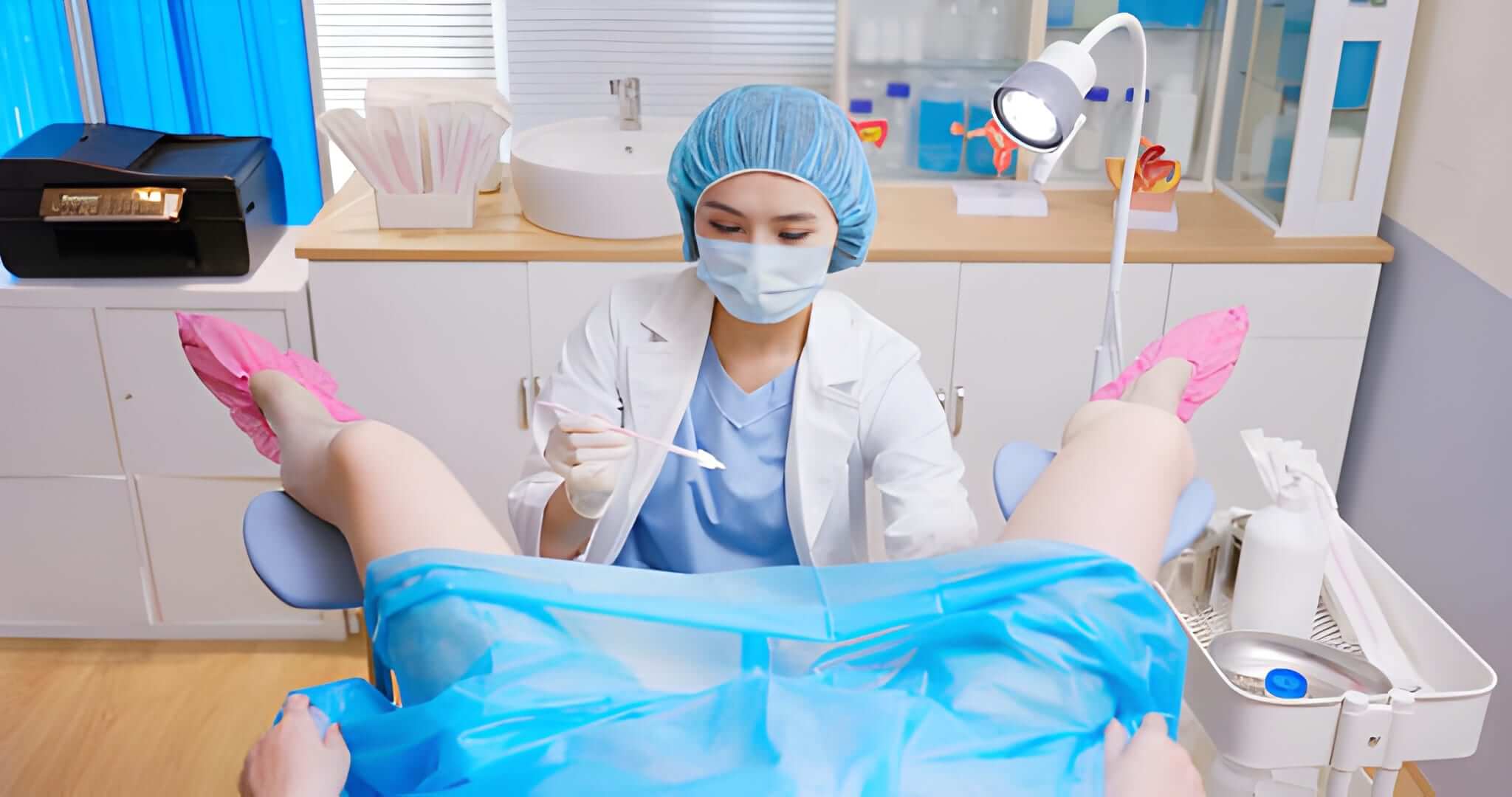Pap smears are one of the most important screening tools for women’s health. Yet, many patients are surprised when they hear the word “brush” during the procedure. As a women’s health provider in Hartford, I often get asked, “What exactly is a Pap smear brush, and does it hurt?” Let’s go over what it is, how it’s used, and why it’s essential for detecting cervical changes early.
What Is a Pap Smear Brush
A Pap smear brush—sometimes called a cervical brush or Pap test brush—is a small, soft medical tool used to collect cells from the cervix. It’s shaped like a tiny bottle brush, designed to gently gather cervical cells without causing damage. The goal is to obtain a clear sample for lab testing to detect abnormal or precancerous cells.
How the Pap Smear Brush Works
During a Pap test:
• A speculum is inserted into the vagina to allow a clear view of the cervix.
• The Pap brush is gently rotated over the cervical surface to collect cells.
• The brush’s soft bristles capture both surface and glandular cells, where abnormalities often begin.
This process usually takes less than 30 seconds.
Does the Pap Smear Brush Hurt
Most patients describe the feeling as mild pressure or a quick scratch. Discomfort is brief and tolerable. The brush is made to be soft, minimizing irritation while still collecting an accurate sample. If you’ve never had a Pap test, communicating with your healthcare provider can ease anxiety and make the process more comfortable.
Pap Test Brush vs. Traditional Spatula
In the past, a wooden spatula was used for Pap smears. Today, the Pap smear brush or a combination device (brush and spatula) is more common.
Benefits of the Pap Brush Over the Spatula
• Collects more complete cervical samples
• Improves test accuracy
• Reduces the need for repeat Pap tests
Why the Cervical Brush Is So Important
Early detection saves lives. The Pap smear brush allows your provider to identify abnormal cervical cells long before symptoms appear. If detected early, these changes can be treated before developing into cervical cancer. Regular screenings with a reliable tool like a cervical brush are key for prevention.
Common Concerns About the Pap Smear Brush
Many women worry about bleeding or infection after a Pap test.
Here’s what’s normal:
• Light spotting for a few hours after the test
• Mild cramping or sensitivity
• No activity restrictions unless advised by your provider
If you experience heavy bleeding or severe discomfort, contact your provider.
Who Should Get a Pap Smear
Most women should start Pap testing at age 21.
Recommended schedule:
• Ages 21–29: Every 3 years with Pap test alone
• Ages 30–65: Every 5 years if combined with HPV testing
• After 65: May stop if recent tests were normal
Your provider may adjust this schedule based on your history or risk factors.
How Often Should the Pap Smear Brush Be Used
The brush is used during every Pap test. The frequency depends on your screening schedule. Women with a history of HPV infection, abnormal results, or immune conditions may need testing more often.
Pap Smear Brush Results: What Happens Next
After the test:
-
Cervical cells are preserved in a liquid solution.
-
The sample is sent to a lab for microscopic review.
-
Results return within 1–2 weeks.
If abnormalities are found, your provider may suggest a colposcopy or further evaluation.
Caring for Yourself After the Test
After your Pap test:
• You can return to normal activities right away.
• Avoid tampons or intercourse for 24 hours if you experience mild irritation.
• Light spotting is completely normal.
Pap Smear Brush: A Tool for Prevention, Not Pain
The Pap test brush is a key part of preventive women’s health care. It’s safe, quick, and helps detect early cellular changes that could save your life. Understanding how it works removes fear and encourages women to stay consistent with screening.
FAQs:
What is a Pap smear brush used for?
It’s used to gently collect cells from the cervix during a Pap test to check for precancerous or abnormal changes.
Does the Pap test brush hurt?
You may feel mild pressure or a quick scratch, but pain is rare. The brush is flexible and soft for comfort.
Can the Pap brush cause bleeding?
Minor spotting is common and resolves within hours. It’s not a sign of injury or infection.
Is the cervical brush safe for all women?
Yes. It’s sterile, disposable, and safe for women of all ages, including those who haven’t given birth.
How accurate is the Pap smear brush test?
It improves accuracy compared to older tools by collecting more complete cervical cell samples, reducing false negatives.
Final Thoughts
The Pap smear brush may be small, but it plays a huge role in early cancer detection. Regular Pap testing helps your provider identify cervical changes early—before they cause serious health issues. Consistent screening remains one of the best ways to protect your reproductive health.
Disclaimer: This is informational content, not a substitute for professional medical advice.

Meghan Killilea Galli, APRN, FNP-BC, is a Connecticut-based board-certified Family Nurse Practitioner with over 5 years of experience in urology, women’s pelvic health, and primary care. She practices with Hartford HealthCare and Griffin Faculty Practice Plan and founded Health Gardeners to share reliable, evidence-based health information.
Read More

